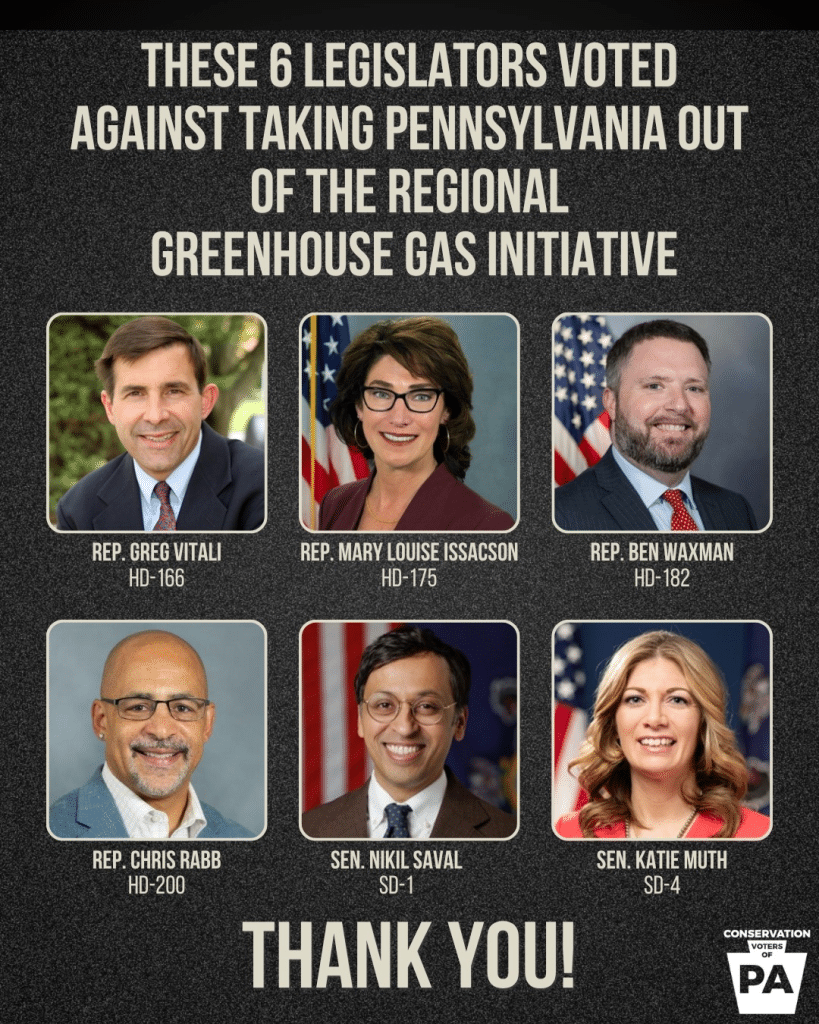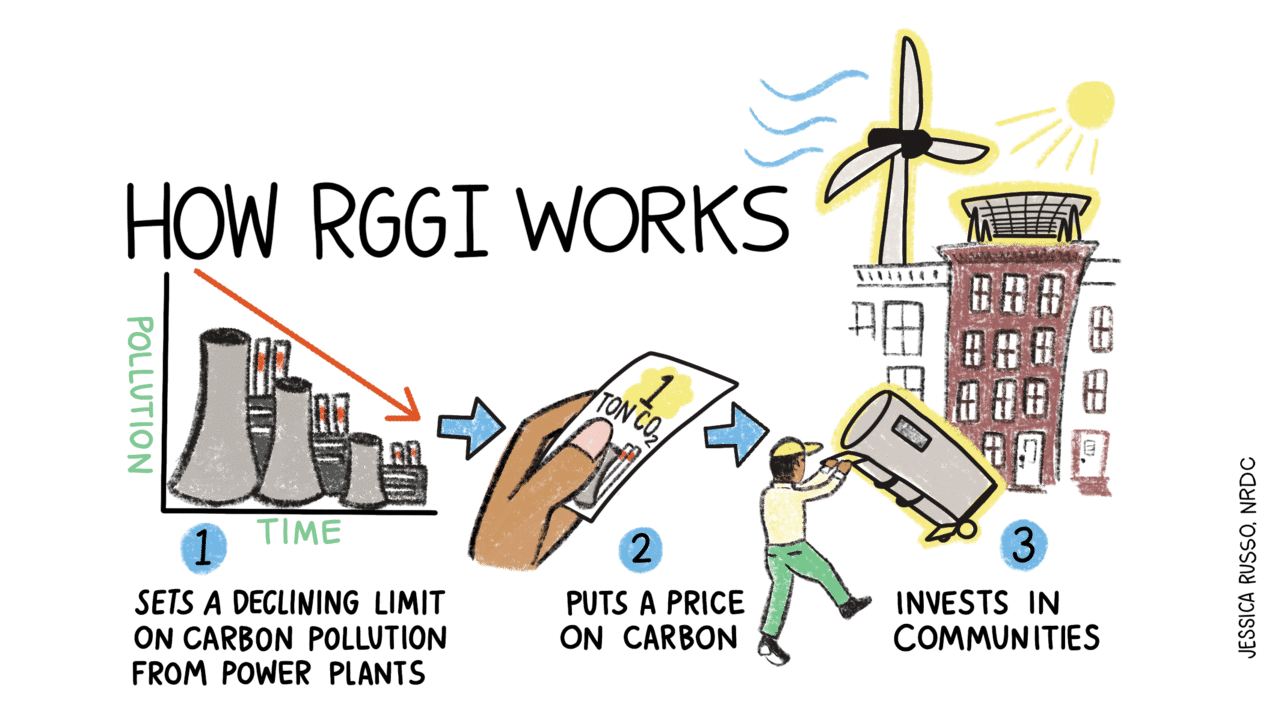Working families across Pennsylvania are struggling under rising prices.
Whether it’s higher grocery bills because of Donald Trump’s tariffs or skyrocketing health insurance premiums because of Trump’s health care cuts, families are being squeezed seemingly from every corner.
Unfortunately, the budget that Governor Shapiro signed earlier this month stands to make matters worse when it comes to energy prices.
Capitulating to longstanding demands from Republicans in the state Senate, Governor Shapiro and legislative Democrats approved a budget deal that eliminated future participation in the Regional Greenhouse Gas Initiative (RGGI), a multi-state program that forces corporate polluters to pay for investments in renewable energy, and the best tool we had to lower energy prices and fight climate change.
Families and local businesses across Pennsylvania, from Bucks County to Erie, have been suffering under increasing electricity prices as new data centers drive up demand and the cost of natural gas rises.
Trump’s extreme fossil fuel agenda has made the matter worse. To further enrich his billionaire fossil fuel cronies, his budget bill eliminated hundreds of billions of dollars in clean energy investments that were designed to bring new energy supply online quickly and cheaply — reducing costs.
Yet rather than doubling down on energy policies that would help Pennsylvanians, Governor Shapiro and legislative Democrats surrendered to Pennsylvania Republican’s extreme demands on energy to end a longstanding budget stalemate in Harrisburg.
It’s a situation that mirrors what recently occurred in the U.S. Senate, where several Democrats agreed to reopen the federal government without achieving the health care savings their party had been demanding.
This playbook is untenable – we cannot allow Republicans to hold funding for our schools and vital social services hostage. Pennsylvanians shouldn’t have to choose between lower energy prices and funding for rape crisis centers.
We know that clean energy is key to lowering electricity prices for working families. Solar and wind installations are cheaper than fossil fuel plants and can be built much more quickly — in one or two years as opposed to five or six years.
While states as diverse as Texas and New Jersey are rapidly growing their clean energy economies, clean energy growth in Pennsylvania has stagnated.
That’s why former Governor Tom Wolf initiated the process for Pennsylvania to join RGGI.
This program has a demonstrated track record in participating states across the region of improving air quality and creating union jobs in growing clean energy sectors — all while lowering electricity costs.
In Pennsylvania, participation in RGGI would have meant more than $1 billion in annual investments in programs that boost weatherization and renewable energy.
Almost immediately after former Governor Wolf attempted to join RGGI, Republicans in the legislature sued to block him. After making its way through the courts for several years, we were approaching a final decision on the case from the Pennsylvania Supreme Court.

Yet Senate Republicans insisted on an end-run around the ongoing litigation by inserting new language into our state budget that prevents Pennsylvania from joining RGGI. And far too many Democrats agreed.
Now, Pennsylvanians will never see the benefits to our environment or their energy prices that RGGI was poised to deliver.
This defeat is even more galling because it happened mere days after voters across the country elected Democrats on promises of lowering energy prices.
Across the Delaware River in New Jersey, Democrat Mikie Sherrill won a stunning 14-point victory over her Republican opponent by promising to boost clean energy. In Virginia, Abigail Spanberger won on a promise to rejoin RGGI after the incumbent Republican governor withdrew from the program. And in the critical swing state of Georgia, Democrats won seats on the Public Service Commission, which regulates utilities, on the pledge of increasing access to renewables.
Yet in Pennsylvania, we are falling behind.
Pennsylvania only gets 3% of its electricity from renewables right now. While states as diverse as Texas and New Jersey are rapidly growing their clean energy economies, clean energy growth in Pennsylvania has stagnated. This threatens to leave working families across our commonwealth saddled with higher energy bills for the long term — even as we lose out on the union jobs and economic benefits that these new industries can provide.
READ: Pennsylvania Ends Attempt at CO2 Regulation, Leaving Questions on How to Address Climate Change
While this budget did secure $25 million in funding for the bipartisan Solar for Schools program, that win pales in comparison to the billions of dollars Pennsylvanians lost with the rollback of RGGI.
In the face of this stunning defeat for a cheaper, cleaner energy future, this type of political inertia is no longer acceptable.
As Governor Shapiro himself has said about the transition to clean energy, “Doing nothing is not an option.”
Pennsylvanians need a laser-like focus from Harrisburg on a comprehensive plan to lower energy costs.
We can’t afford to wait any longer.






